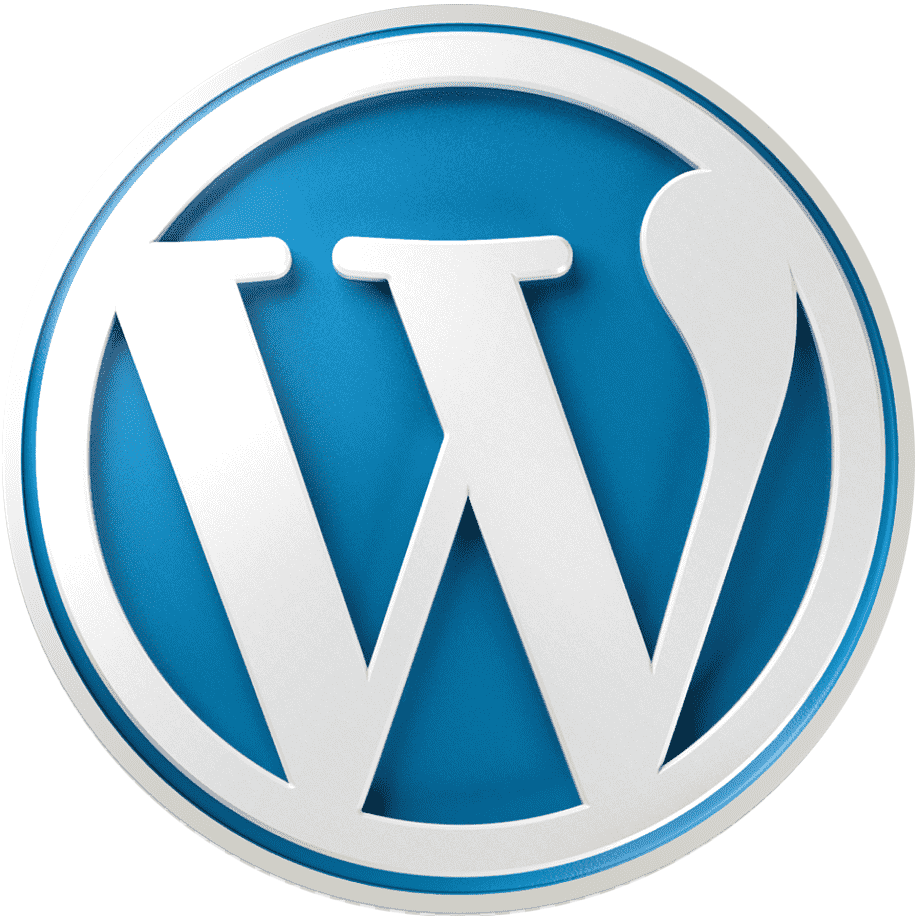Today, we’re delving into the world of WordPress optimization strategies that can help you boost your site’s speed, responsiveness, and overall performance. So, take a seat, buckle up, and let’s elevate your website to the next level!
Why Optimize Your WordPress Website?
Before we dive into the details of optimization strategies, let’s discuss why it’s crucial to optimize your WordPress website. A fast and high-performing site not only offers a superior user experience but also enhances your search engine rankings, increases user engagement, and boosts conversions. In today’s fast-paced digital world, speed is key, and optimizing your site can give you a competitive advantage.
WordPress Optimization Strategies to Implement Today
Choose a Lightweight Theme: Begin by selecting a lightweight and optimized theme for your WordPress site. Avoid heavy themes with excessive features that can slow down your site’s loading speed. Opt for a responsive and well-coded theme that prioritizes performance.
Optimize Images: Large image files can significantly impact your site’s loading time. Utilize image optimization plugins like Smush or Imagify to compress images without compromising quality. Additionally, consider implementing lazy loading for images to enhance loading speed.
Utilize Caching: Implement a caching plugin like WP Rocket or W3 Total Cache to store static versions of your site’s pages. Caching reduces server load and accelerates page loading times for returning visitors.
Minify CSS and JavaScript: Minifying CSS and JavaScript files eliminates unnecessary characters and spaces, reducing file sizes and improving loading speed. Take advantage of plugins like Autoptimize to automatically minify and combine these files.
Enable GZIP Compression: Enable GZIP compression on your server to reduce file sizes and expedite data transfer between the server and the user’s browser. Most hosting providers offer GZIP compression as a built-in feature.
Optimize Database: Regularly clean up your WordPress database by removing unnecessary data such as post revisions, spam comments, and transient options. Plugins like WP-Optimize can assist you in optimizing your database with just a few clicks.
Implement Content Delivery Network (CDN): A CDN distributes your website’s static content across multiple servers worldwide, minimizing latency and improving loading times for users across the globe. Cloudflare and StackPath are popular CDN options.
Update Plugins and Themes: Keep your WordPress core, plugins, and themes up to date to ensure optimal performance and security. Outdated software can slow down your site and leave it vulnerable to security threats.
Monitor Performance: Utilize tools like Google PageSpeed Insights, GTmetrix, or Pingdom to regularly assess your site’s performance and identify areas for improvement. Keep an eye on page loading times, server response times, and overall performance metrics.
Wrapping Up
By implementing these WordPress optimization strategies, you can elevate your website’s performance to new heights and provide visitors with a seamless browsing experience. Remember, optimization is an ongoing process, so don’t hesitate to test, fine-tune, and refine your strategies to achieve the best results. Here’s to a faster, more efficient WordPress website that keeps your visitors coming back for more!


